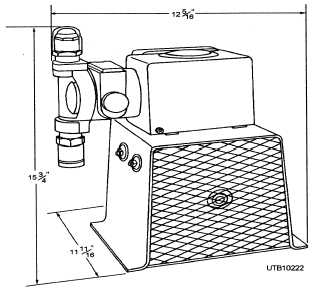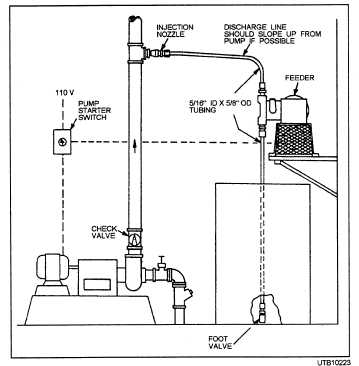
Figure 7-9. - Electrically driven Proportioneers Chlor-O-Feeder.
type) should be installed to remove gas or air at the floor level. Mechanical exhaust ventilation is provided at floor level in any case. Doors should open outward, and two-way lighting switches should be provided, both outside and inside the room. If standard design conditions have not been met, get advice on what to do from your supervising petty officer.
It is normal to put Hypochlorinators in the same room with other equipment, such as pumps, switchboards, meters, and the like. However, because of the corrosiveness of the solutions, it is better to put them in a separate room. If adequate floor drains have not been provided for waste water, spillage, sludge, and washdown water, a 6-inch curbing should be provided around the entire area used for this purpose, whether in a separate room or in the same room with other equipment.
LOCATING LEAKS
Even small leaks can be detected because of the characteristically sharp chlorine odor. When a chlorine odor is noted, authorized personnel should start the ventilating system, put on self-contained oxygen-breathing apparatus or self-generating oxygen-breathing apparatus and locate the leak by holding an open bottle of ammonia water close to pipes, fittings, and valves. Ammonia vapor and chlorine gas form heavy white fumes, thus revealing the point from which chlorine is issuing. If the leak is in a line, shut off the flow of chlorine and repair the leak. If it is in the cylinder head and cannot be stopped by closing the valve, waste the gas from the cylinder outdoors in a good wind or run it into a caustic soda solution.

Figure 7-10. - Hypochlorinator arrangement.
Continue Reading